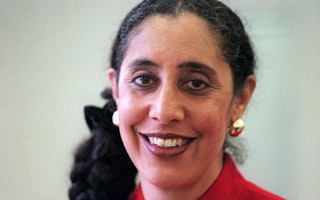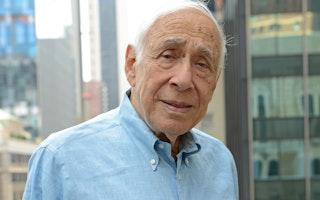What’s Wrong with America’s Juvenile Prisons
By Francis Guzman

Many people were shocked by the story of Kalief Browder, the young man who spent three years incarcerated at Rikers Island without a trial, and who committed suicide at his home in New York in early June. But the story hit especially hard for young people who have spent time in prison facilities. I should know; I’m one of them.
At age 15, I was arrested for robbing a liquor store with a handgun. Although this was my first offense, I was sentenced to 15 years—the maximum time allowable by statute—and committed to the California Youth Authority (CYA), the state’s juvenile prison system. All told, I spent six years inside—three years before being paroled for good behavior and an additional three years for parole violations.
When I arrived in 1996, the CYA had over 10,000 youth in a prison system designed to hold only 6,000. There were unconscionable levels of violence and corruption. Many of the youth committed to the CYA had long histories of abuse, abandonment, and neglect; many more suffered from developmental disabilities. The guards, who lacked the resources, training, and human capacity to deal with such a high level of need, often resorted to violence to deal with youth who displayed problematic behaviors.
It was a time of great turmoil and confusion for me. I was terrified by my surroundings, and had no one to trust. My peers were immature and unruly. There wasn’t a day that passed when there wasn’t some sort of physical or sexual abuse among the wards.
The guards frequently smuggled in contraband and pitted older, more violent youth against wards they found annoying or challenging—that is, when they didn’t inflict the violence on these troubled youth themselves. The prison guards in CYA would say to me, “The only difference between you and me is that you got caught.”
I was committed to the CYA to be rehabilitated, according to the judge who sentenced me. Instead, I came out of the justice system in far worse shape than when I went in. I learned to distrust authority, and to deal with conflict through aggression and violence. For years after my release, I suffered from post-traumatic stress, anxiety, and depression stemming from my experiences inside.
It wasn’t until I enrolled in Oxnard College that I found compassionate mentors who provided me with the education, support, and services that I needed to grow and heal. Eventually I transferred to the University of California, Berkeley, and earned a BA in English. Later, I graduated from UCLA School of Law with a specialization in public interest law and policy.
Today, I am an advocate and staff attorney at the National Center for Youth Law. My work focuses on challenging the practice of prosecuting and incarcerating youth in California’s adult criminal justice system, while advocating for local treatment and developmentally appropriate services within the juvenile system—such as counseling, mentoring, and training—for youth who commit serious offenses. I also travel the country to raise awareness about the harms caused by jailing youth and subjecting them to harmful, punitive correctional practices.
There is a widespread recognition in the U.S. and in developed countries around the world that young people are different than adults; they are less mentally culpable for their crimes, more amenable to rehabilitation, and more vulnerable to exploitation in the culture of prisons. What I know from my own experience is that young people do not rehabilitate in coercive and punitive penal environments. They either adapt or they break.
The research on adolescent brain development and juvenile justice best practices demonstrates that youth in conflict with the law do much better in life when they are treated in the community, around adults who care for them, and provided with education and rehabilitative services. Jailing kids is a harmful practice and should be used as a last resort, if at all.
We must break the stranglehold that law enforcement has over the treatment of youth in trouble and allow families and communities to play a larger role. Today, juvenile crime rates are at historic lows. This is not a public safety issue; it’s a public health issue. Addressing it requires us to change our approach—to shake our addiction to punishment, coercion, and prisons for children, so that nobody has to endure what Kalief Browder went through ever again.
Francis Guzman, a 2012 Soros Justice Fellow, is a staff attorney at the National Center for Youth Law.

